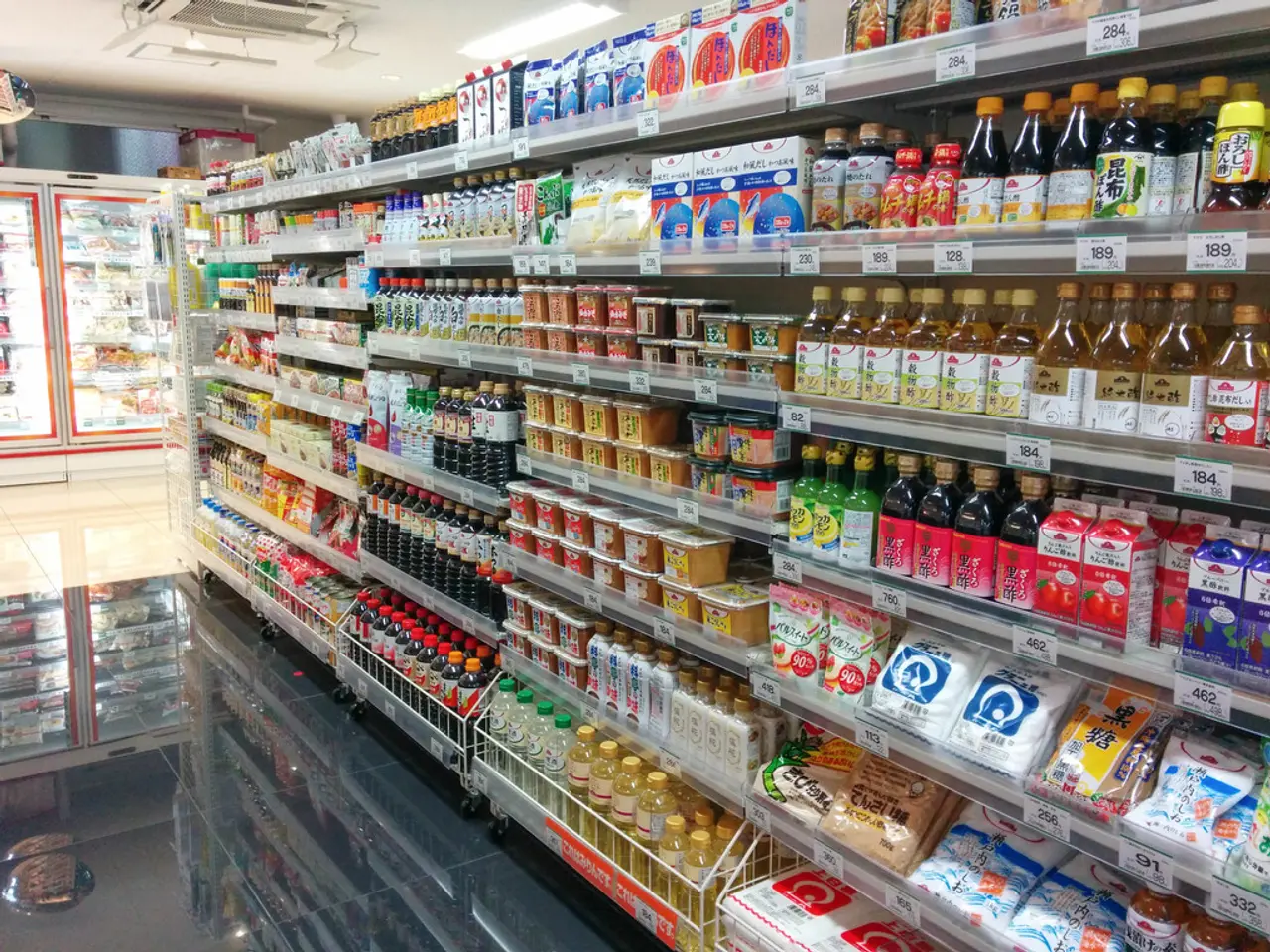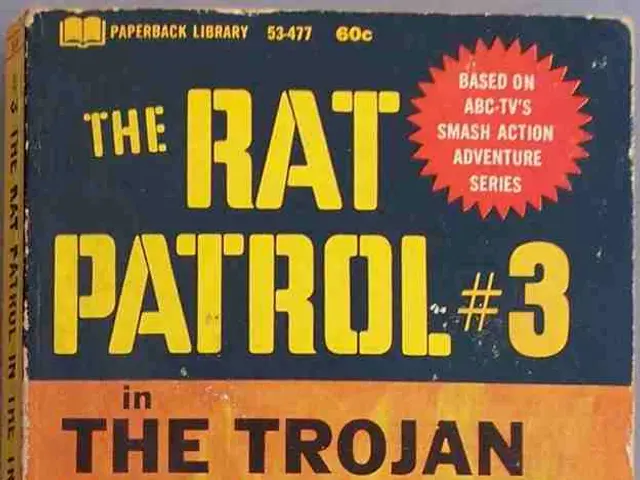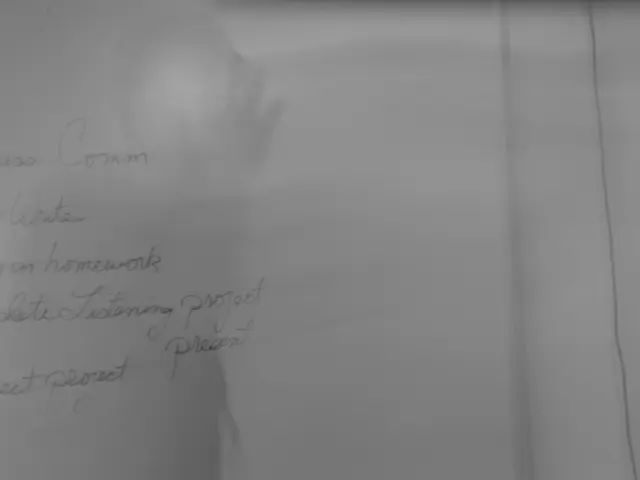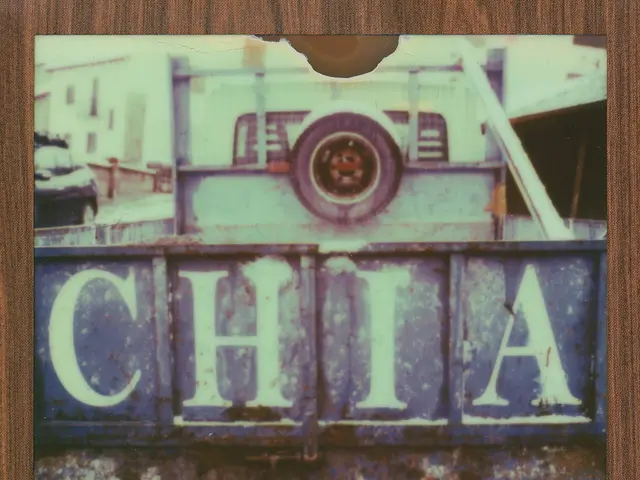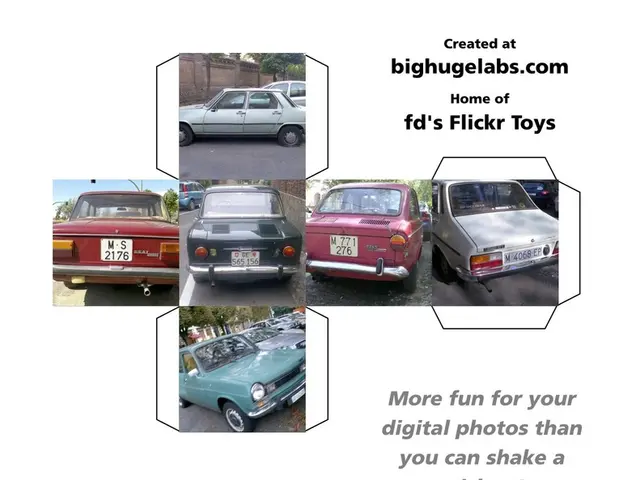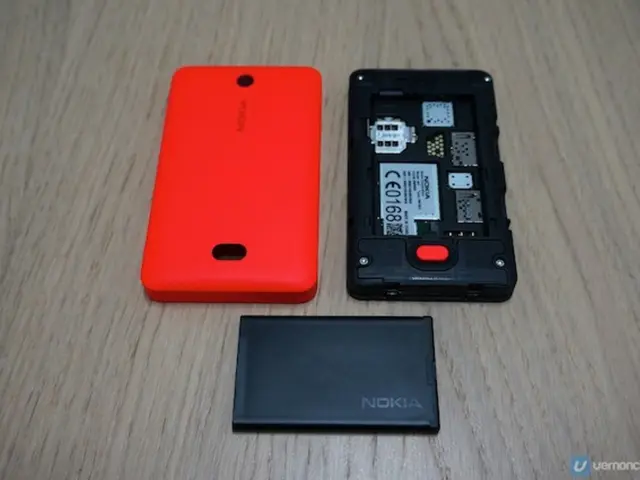Traditional finance and Decentralized Finance (DeFi) merge through Real Assets (RWA): The present-day synthesis of conventional and digital finance
Real-World Asset Tokenization Revolutionizes the Financial Sector
Real-world asset (RWA) tokenization is transforming the financial industry, providing a platform for trading, improving liquidity, and expanding investment opportunities for a broader audience. With a market size surpassing $10 billion in 2025 and estimates placing the overall market cap above $25 billion [1][3], the RWA tokenization market is experiencing rapid growth and increasing institutional adoption.
Real estate and government bonds remain key drivers, as the tokenization process moves from experimentation towards mainstream finance [1][3]. This shift enables 24/7 trading, fractional ownership, enhanced liquidity, programmability via smart contracts, and transparency on blockchain networks like Ethereum, Solana, and Aptos [1][3].
Institutional support for RWA tokenization is strong and growing. Major financial institutions such as Bank of America view RWA tokenization as a "multi-year cycle," while BlackRock has launched a $240 million tokenized asset fund on Ethereum [1][4]. Citigroup and other large players are also exploring private blockchain solutions to facilitate faster, 24/7 asset transfers [4]. Ethereum leads as the preferred platform due to its robust DeFi ecosystem, with growing demand in tokenized stocks and liquid staking further supporting its tokenization capabilities [2][4].
Technological advancements focus heavily on improving interoperability, reducing fees, and enhancing cross-platform functionality. The shift towards layer-2 networks is a key trend to address scalability and cost, while different blockchains compete to capture market share [1][3]. Programmability of tokens via smart contracts enables automated financial operations and better risk management, though challenges remain in managing off-chain risks and regulatory uncertainties [1][5].
The future outlook for RWA tokenization is highly optimistic. Industry projections suggest up to $16 trillion worth of real assets could be tokenized by 2030, representing roughly 10% of global GDP, with real estate alone potentially reaching $4 trillion tokenized by 2035 [4]. The market is expected to maintain a compounded annual growth rate near 20%, driven by continuous innovation, expanding institutional use, and regulatory clarity that will further integrate tokenized assets into traditional finance [4][5].
| Aspect | Current State (2025) | Future Outlook | |----------------------|------------------------------------------|-------------------------------------------------| | Market Size | $10B+ tokenized assets, $25B+ RWA cap | Potential up to $16T tokenized by 2030 | | Institutional Support | Bank of America, BlackRock, Citigroup strongly involved | Increasing adoption, new funds and blockchain integration | | Technological Advances | Focus on interoperability, Layer-2s, programmability, multi-chain expansion | Enhanced cross-chain collateral use, faster settlement, regulatory frameworks like MiCA | | Challenges | Off-chain risk, regulatory clarity | Expected improvement with maturing frameworks |
This evolving ecosystem indicates RWA tokenization is becoming a cornerstone of the future financial infrastructure, blending real-world economic value with blockchain innovation [1][3][4][5]. The growing institutional interest in tokenized Treasury bonds is a sign that tokenized assets are gaining prominence in mainstream finance. Tokenization involves converting traditional assets into digital tokens, facilitating fractional ownership and improving the liquidity of historically illiquid assets.
However, it's important to note that investment in crypto assets is not fully regulated and may not be suitable for retail investors due to its high volatility, and there is a risk of losing the entire amount invested. As the RWA market grows, secure smart contracts, periodic audits, and reliable oracles like Chainlink are being implemented to strengthen the link between digital tokens and underlying physical assets.
The interoperability between different blockchains and integration with DeFi platforms expands the liquidity and reach of tokenized assets. The growth of the RWA market promotes greater transparency, efficiency, and reduction of operational costs. In 2025, significant advances are consolidating the real asset tokenization market, revolutionizing the financial world.
The entry of financial giants like Franklin Templeton and BlackRock into the tokenization market has brought credibility and confidence, encouraging other institutional investors to explore this market. Analysts have noted that the growth in the RWA market is due to technological innovation and the backing of major financial institutions like Franklin Templeton and BlackRock.
- As the investing landscape evolves, governments are increasingly considering the integration of tokenized assets like real-world asset (RWA) tokens in their financial policies to enhance safety and financial inclusion.
- In the realm of technology, advancements in blockchain networks and smart contracts will continue to play a crucial role in finance, providing opportunities for safer and more efficient investing, particularly in tokenized assets like RWAs.
